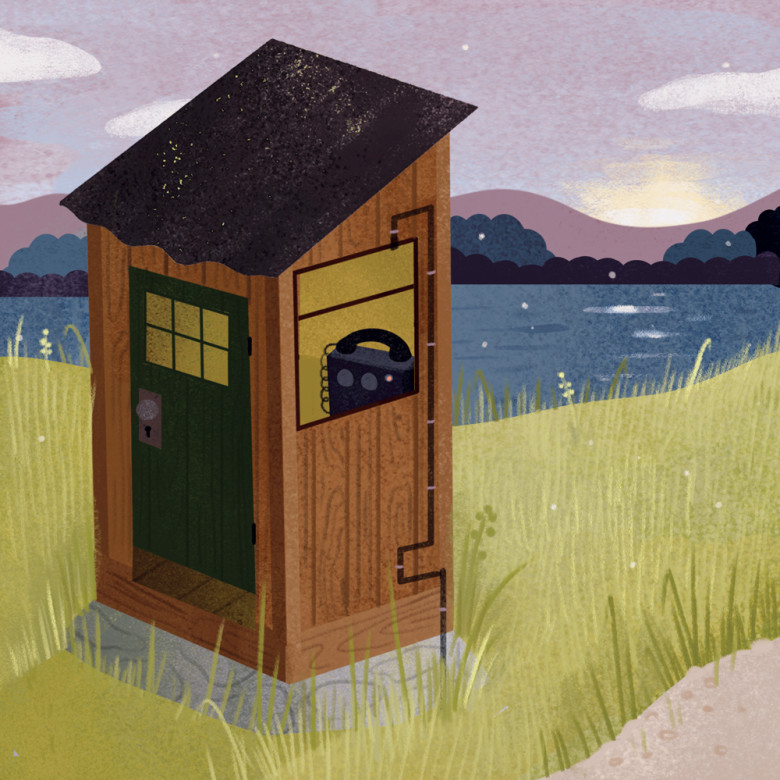
Even the smallest of sheds can hold a lot of history.
Photo Credit : Clare Owen/i2iArt
Photo Credit : Clare Owen/i2iArt
More than 30 years ago, I bought a little cottage called Bide-a-wee in the woods off Seaver Pond. Along with another, larger outbuilding, there was a small shed beside the remains of a stone foundation. That shed was tall, with a hip roof, bigger than an old phone booth but not by much. Despite the sturdy construction, it seemed to me the shed must have been an outhouse.
My only neighbor, Paul Geddes, lived up at the Seaver farm. Also known as Silver Lake Farm, it once was owned by Edgar Seaver, legendary for his bachelor lifestyle and Yankee thrift. At one point Bide-a-wee had been part of the Seaver farm, even if just as a rental; Edgar, who ran the rural mail route by horse and buggy, gave the cottage its name, which means “stay awhile” in Scottish parlance.
Paul, who worked for Edgar as a kid, became a great friend to me, and over the years he’s provided me with stories about Bide-a-wee and Silver Lake Farm. He’s the one who told me that the structure I thought was a mere outhouse began life as a government-issued “spotter shed,” where citizen volunteers would sit to watch for enemy planes during World War II. Having never heard of such a thing, I found this intriguing.
In order for my shed to have been a spotter shed, Paul explained, it couldn’t have started its life in the Bide-a-wee woods. Instead, it sat up on the high point of Silver Lake Farm, in that wonderful open meadow that offered views of both our beloved mountain and Silver Lake, which sparkled and beckoned in the near distance.
At that time of war, there were many other spotter sheds across the country. In fact, almost any high hill with an unobstructed view was crowned with such a structure. The Ground Observer Corps—all volunteers who wanted to help the war effort—occupied these sheds. Ranging from teenagers to senior citizens, these vigilant observers sat in the sheds for hours at a time, in shifts, scanning the skies for Axis planes. Usually there were charts on the walls, bearing the profiles of enemy planes so that they could be easily identified. Apparently the sheds were also equipped with a phone (which for me solved the question of why there were wires stapled to the outside of my little outbuilding); if a plane was spotted, it could be reported to the number written on the wall.
No enemy aircraft was ever identified over the continental United States during World War II; still, this plane-spotting program was part of everyday life back then.
Paul was not on the farm during the war—he was in San Diego, serving in the Navy—but he does know about the shed. “It was a government building,” he recalled. “They provided it when the war began, and after the war it was Edgar’s to keep. Perfectly good building.” He doesn’t remember exactly when, but at some point the little shed gravitated down to Bide-a-wee, where it has spent the intervening years. And yes, he said, one of its many uses was as an outhouse.
Who would have guessed that an old shed, once used as an outhouse, sitting now at the edge of the forest, could reveal such an interesting tale of national security? History is hidden in the oddest places.
Edie Clark’s books, including her newest, As Simple as That: Collected Essays, are available at edieclark.com.


